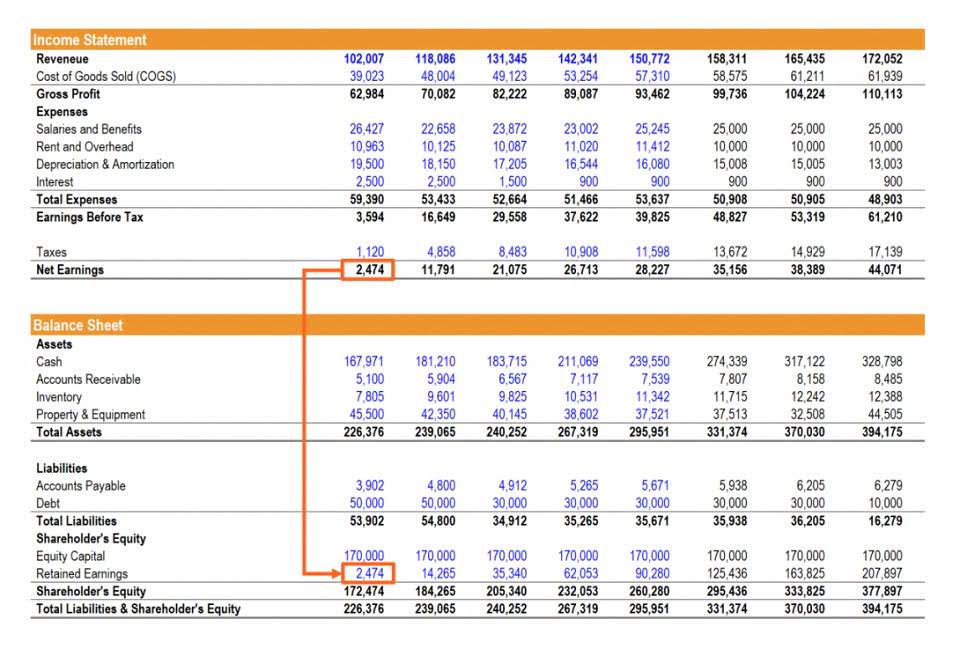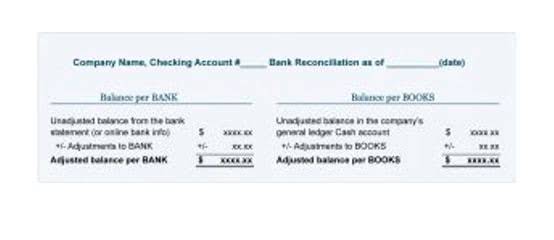Operating Cycle: Definition, Formula, Calculation, Examples

By understanding these components, you can gain insights into how efficiently your business is managing inventory, collecting payments, and paying suppliers. By implementing these inventory management strategies, you can effectively control your inventory and contribute to a shorter operating cycle. A company with an extremely short operating cycle requires less cash to maintain its operations, and so can still grow while selling at relatively small margins. Conversely, a business may have fat margins and yet still require additional financing to grow at even a modest pace, if its operating cycle is unusually long.
What Is A Business Line Of Credit & How Does It Work?
Efficient management is not only a strategic choice but a pathway to sustained growth. Navigating challenges, embracing innovation, and continually optimizing it enable businesses not just to survive but to thrive. In today’s dynamic environment, mastery of it becomes a dynamic process, propelling businesses toward enduring success and leadership in their respective industries. Fluctuations in market conditions, changes in consumer behavior, and unearned revenue unexpected events can lead to inaccurate demand forecasts. This uncertainty can result in either excess inventory or stockouts, affecting the efficiency of the operating cycle.

The Impact of a Short or Long Operating Cycle
The operating cycle second stage focuses on how long it takes the company to collect the cash generated from sales. This figure is calculated using the days sales outstanding (DSO), which divides average accounts receivable by revenue per day. A shorter cycle indicates quick conversion of inventory into sales and then into cash, suggesting operational efficiency and strong liquidity.

Accounts Payable
If a company is a reseller, then the operating cycle does not include any time for production – it is simply the date from the initial cash outlay to the date of cash receipt from the customer. A shorter cash cycle indicates that a company can quickly convert its investments in inventory and receivables into cash, enhancing its liquidity and reducing the need for external financing. Working capital cycle management primarily focus on four key elements i.e. cash / money, payables / creditors, receivables / debtors and inventory / stock. Business need to maintain total control on these four things to have an effective working cycle. In business, the focus of an operating cycle is specific to sales and purchase of assets as it determines the cash flow.
- Days Payable Outstanding (DPO) represents the average number of days it takes for your company to pay its accounts payable to suppliers.
- Achievement of operational excellence by ensuring each component functions harmoniously.
- While offering credit can attract customers, excessively long payment terms can delay cash collection, elongating the operating cycle and impacting cash flow.
- Conversely, a business may have fat margins and yet still require additional financing to grow at even a modest pace, if its operating cycle is unusually long.
- To understand better whether ABC Co. performed worse or XYZ Co. performed better, their operating cycles must be matched with that of the industry.
In the Standard method, the individual constituents of the Working Capital like Inventory, Cash, Receivables etc. are managed separately. The Net method of calculating the Operational Cycle will also consider the Credit Period that the company receives from the suppliers. Since the received Credit Period will delay the cash outflow from the company, it can be deducted from the Raw Material Conversion Period.
The cash is only retrieved at the end of the manufacturing process, when the goods have been sold. So, the time period between the purchase of inventory and the cash inflow after the sale is called the Operating Cycle. An effective way to shorten your operating cycle is to calculate the number of working days required to sell off the inventory.
In DPO or Days Payables Outstanding, a company indicates how much money it owes to its current suppliers or vendors and when it will pay that money to clear its obligations. These measures, if adhered properly, would go a long way in minimizing not only the length of operating cycle period but also the firm’s working capital requirements. Use of Human Resources Development technique in the organization enhances the morale and zeal of employees thereby reduces the length of operating cycle. Proper maintenance of plant, machinery, infrastructure facilities, timely replacement, renewals, overhauling etc., will contribute towards the control of operating cycle. The Production manager affects the length of operating cycle by managing and controlling manufacturing cycle, which is a part of operating cycle and influences directly.

- Strained relationships can impact future business opportunities, while leniency may lead to delayed payments.
- All of these factors can affect the receivable days of the business and, therefore, the cash operating cycle of the business will be longer.
- This means you might need to reduce the time it takes for your customers to pay back for the product they purchased before they make a new purchase.
- However, OC varies across industries, sometimes extending to more than a year for some sectors, for example, shipbuilding companies.
- Similarly, if the cycle is short, then the resources will be blocked for a shorter duration.
We’ll explore the formula and its basic concepts, as well as provide practical examples to help you grasp this critical aspect of your business. The formula for calculating the operating cycle is the sum of days inventory outstanding (DIO) and Bookkeeping for Veterinarians days sales outstanding (DSO). The conversion cycle calculation helps a business determine how long their cash is tied up before it’s collected from clients and customers.
Understanding the Cash Conversion Cycle

You can also shorten the CCC by asking for upfront payments or offering a discount for early payment. Finally, it’s a good idea to stay on top of late payments by following up immediately when a payment comes due. Although they are both useful calculations for a business, the insights differ widely.
